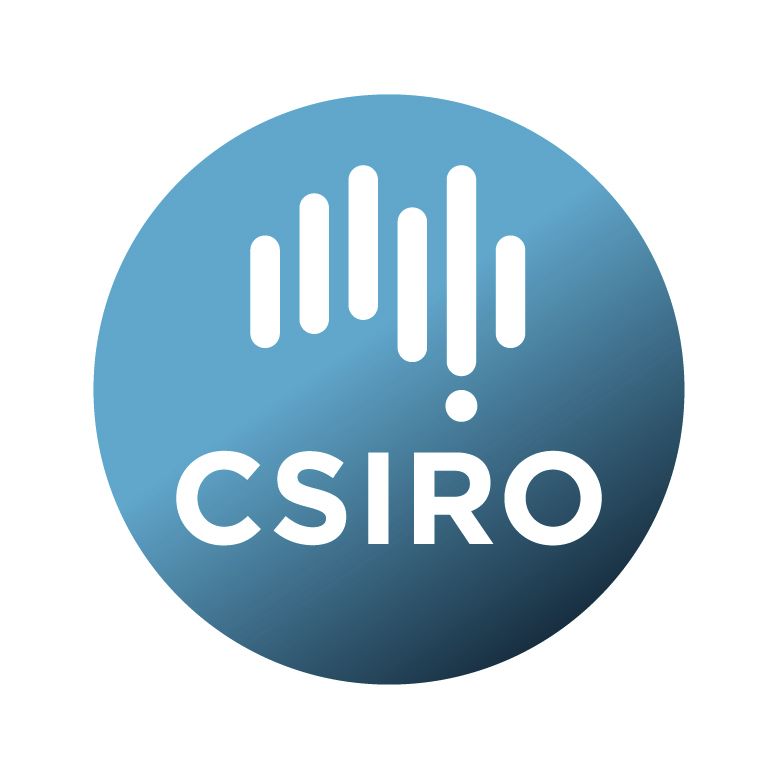Brief description
This data collection accompanies “Froese, J.G., Rees, M., Murray, J.V., Wilson, C. & Gentle, M. (2022). Modelling feral pig habitat suitability in Queensland to inform disease preparedness and response. Final report prepared for the Queensland Department of Agriculture and Fisheries. Brisbane: CSIRO.”It contains a series of spatial data products describing ‘feral pig habitat suitability’, ‘potential feral pig density (carrying capacity)’ and ‘feral/domestic pig interaction risk’ across Queensland for 12 temporal scenarios. Scenarios were selected to represent variability in environmental conditions across Queensland along two axes – intra-annual seasonal cycles (summer, autumn, winter, spring) and inter-annual climate cycles (wet, moderate and dry). They were represented by the periods September 2010 – August 2011 (wet climate cycle), December 2012 – November 2013 (moderate climate cycle) and March 2018 – February 2019 (dry climate cycle). The data are provided in TIFF raster file format (coordinate reference system = EPSG 3577: GDA94 / Australian Albers; spatial resolution = 100m).
Lineage: The methods to derive these spatial data products built on previously published research on spatially explicit, resource-based feral pig habitat models (Froese et al. 2017; Murray et al. 2015). ‘Habitat suitability’ for feral pig breeding was modelled in a Bayesian network framework dependent on four fundamental resource requirements: food, water, heat refuge and anthropogenic disturbance. Several improvements to increase the robustness and reproducibility of published research methods were implemented and applied to the 12 modelled scenarios.
Estimates of ‘potential feral pig density (carrying capacity)’ were derived for each of these 12 modelled scenarios. This was based on a hypothesized sigmoid relationship that took into account the modelled ‘habitat suitability index (HSI)’ in a particular season, cross-seasonal variability in the modelled HSI within a climate cycle (wet, moderate or dry) and pig densities in Queensland previously reported in the empirical literature.
The potential feral pig density estimates were combined with a ‘weighted domestic pig herd density’ layer that was derived from data on the location and biosecurity status of all registered domestic pigs in Queensland (held by the Queensland Department of Agriculture and Fisheries) to calculate ‘feral/domestic pig interaction risk’ (i.e., the relative risk that feral pig populations at a given landscape location may interact with a nearby domestic pig herd) for each of the 12 modelled scenarios.
Details on study objectives, methods and results are provided in the client report: “Froese, J.G., Rees, M., Murray, J.V., Wilson, C. & Gentle, M. (2022). Modelling feral pig habitat suitability in Queensland to inform disease preparedness and response. Final report prepared for the Queensland Department of Agriculture and Fisheries. Brisbane: CSIRO.” (contact Matthew Gentle: [email protected])
Available: 2023-02-06
Subjects
Biomedical and Clinical Sciences |
Bayesian network |
Biosecurity Science and Invasive Species Ecology |
Clinical Sciences |
Environmental Sciences |
Ecological Applications |
Environmental Management |
Feral pig |
Infectious Diseases |
Queensland |
Wildlife and Habitat Management |
disease exposure |
domestic pig |
expert elicitation |
habitat suitability |
population density |
User Contributed Tags
Login to tag this record with meaningful keywords to make it easier to discover


